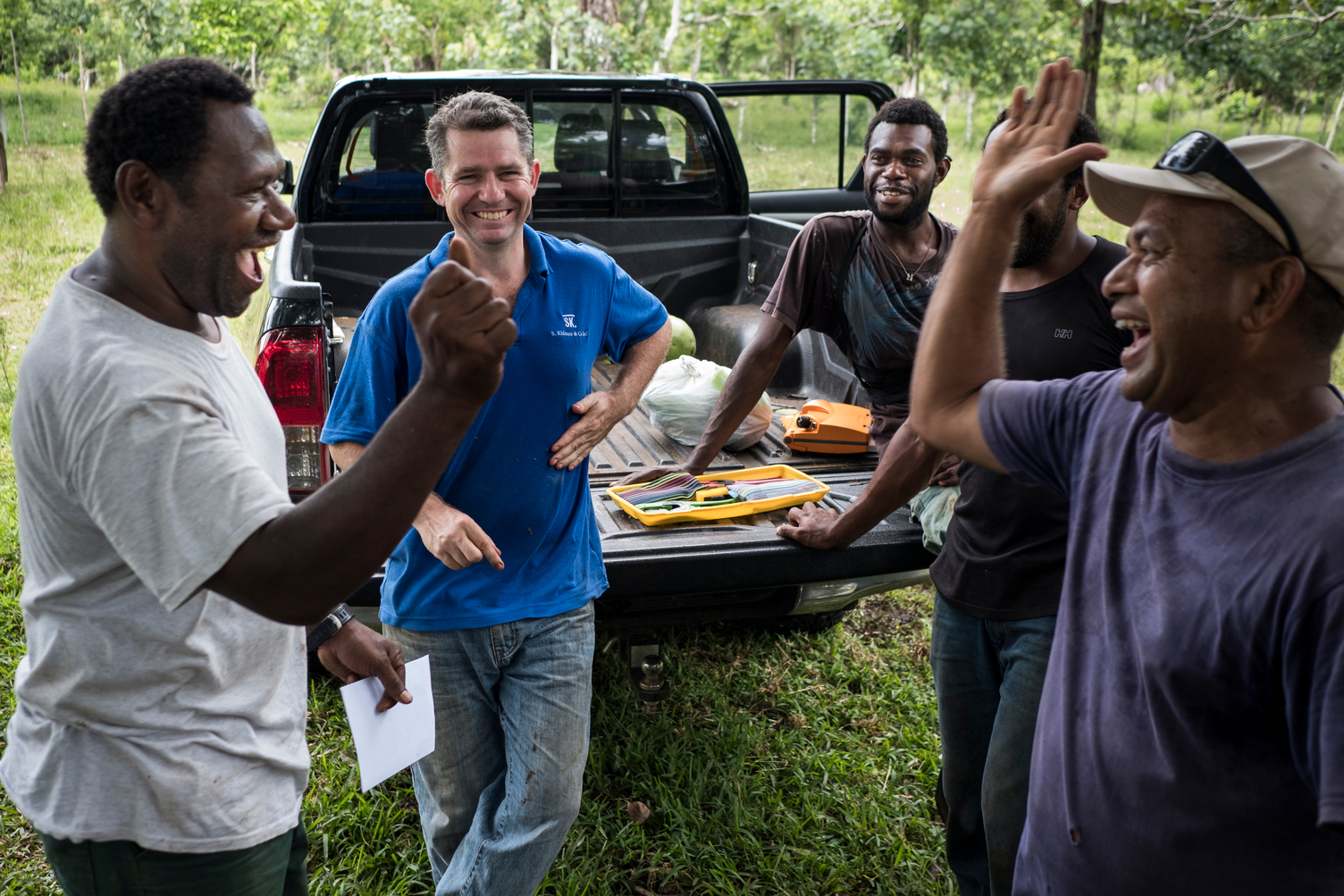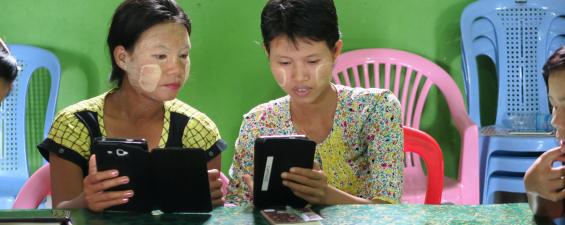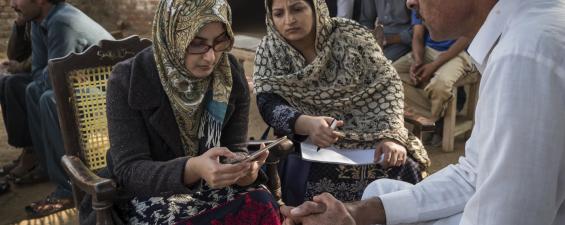Research Activities
The ‘Vanuatu Beef’ project aimed to increase the productivity and marketing options of smallholder cattle farmers in Vanuatu through social, business and production participatory research, demonstration and training activities. The project was managed by the University of Queensland with components led by Dr Simon Quigley, Dr Cherise Addinsall and Dr Scott Waldron.
The specific objectives were to:
- Describe the economic, policy and social settings within which smallholder cattle farmer operate and their livelihood objectives and strategies
- Sustainably increase beef production of smallholder households through change in on-farm management practices
- Increase the returns to smallholder cattle farmers through whole-farm and cattle enterprise economic analysis, business training and marketing interventions
- Create pathways to sustain ans extend project outcomes and impacts beyond the scope of the current project
Initial Perceptions
"One of my concerns about using the tablet is perhaps the technology dictates the type of data we can collect, rather than us collecting the data we want” - Dr Simon Quigley, Project Lead
The project lead Dr Simon Quigley was initially concerned about the technology (its impacts and costs), but the benefits around time saving on data entry, remote accessibility of data, and the potential for youth engagement with the project led to strong enthusiasm. Concerns of other project staff working in MAD adoption included data security, use and ownership, device and internet reliability, and language barriers.
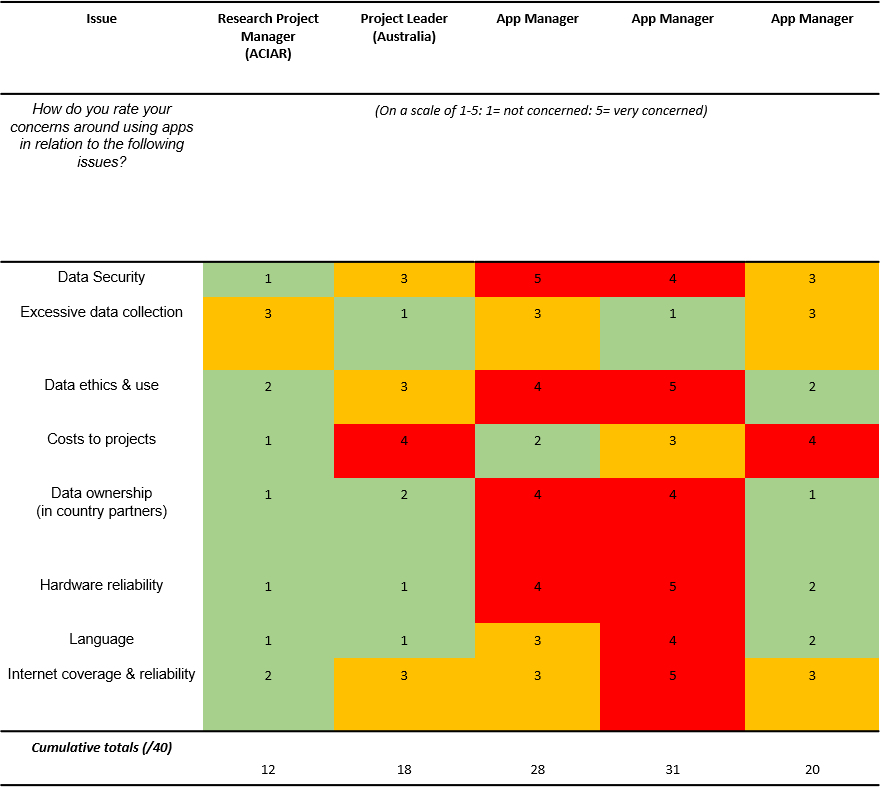
MAD Activities
For the MAD Research Series, Oikoi worked with the Vanuatu Beef project to digitise their rolling baseline study. This included registering villages, households, individuals, farms and cattle for ongoing monitoring. The study began with 36 households in the first year and scaled to 100 households by the third year of the project. The app was used to monitor cattle weight, class and body condition were on a bi-monthly basis. An endline survey within the project was able to use the same MAD app forms developed for the baseline. Some routine activities like faecal collection and management of project enquiries were also incorporated into the application. An early decision was made by the project team to use in-depth, unstructured interviews with note-taking on paper for economic data collection, rather than a MAD application.
Designing and building the app
"Don’t be scared about crashing it, we’ve killed our app many times. There’s plenty of help out there." - Dr Simon Quigley
The Vanuatu Beef team received 3 separate face-to-face intensive MAD training sessions from Oikoi covering:
- A 4-day training in app building;
- A 2.5-day refinement workshop;
- A half-day data management tutorial.
At the app building training, the rolling baseline studies had already been designed through a series of paper surveys that the project team had field tested previously. With advice and support from both Dimagi (creators of CommCare) and the Oikoi team, Dr Quigley was able to design the app in the four day training. This included refining the paper-design by adding new questions, and cutting those considered excessive.. During this training, further time was allocated prior to fieldwork to allow for app development and testing. By the end of this four day training, sixty percent of the rolling baseline app was built by the project team. A small amount of remote support was provided to the project to finish app building. The project team focused this later building on adding built-in data validation into the app and training of their five enumerators was held over 1 day.
Testing the app
Basic app testing for functionality was completed by the lead project researchers early on. The MAD application was then tested in the field while the baseline data collection was occuring. This led to heavy refinement and structural changes to the app which were assisted by the additional Oikoi training sessions. Changes included adding in a feedback module for study participants and building in-app calculations of cattle market value based on recorded live weights.
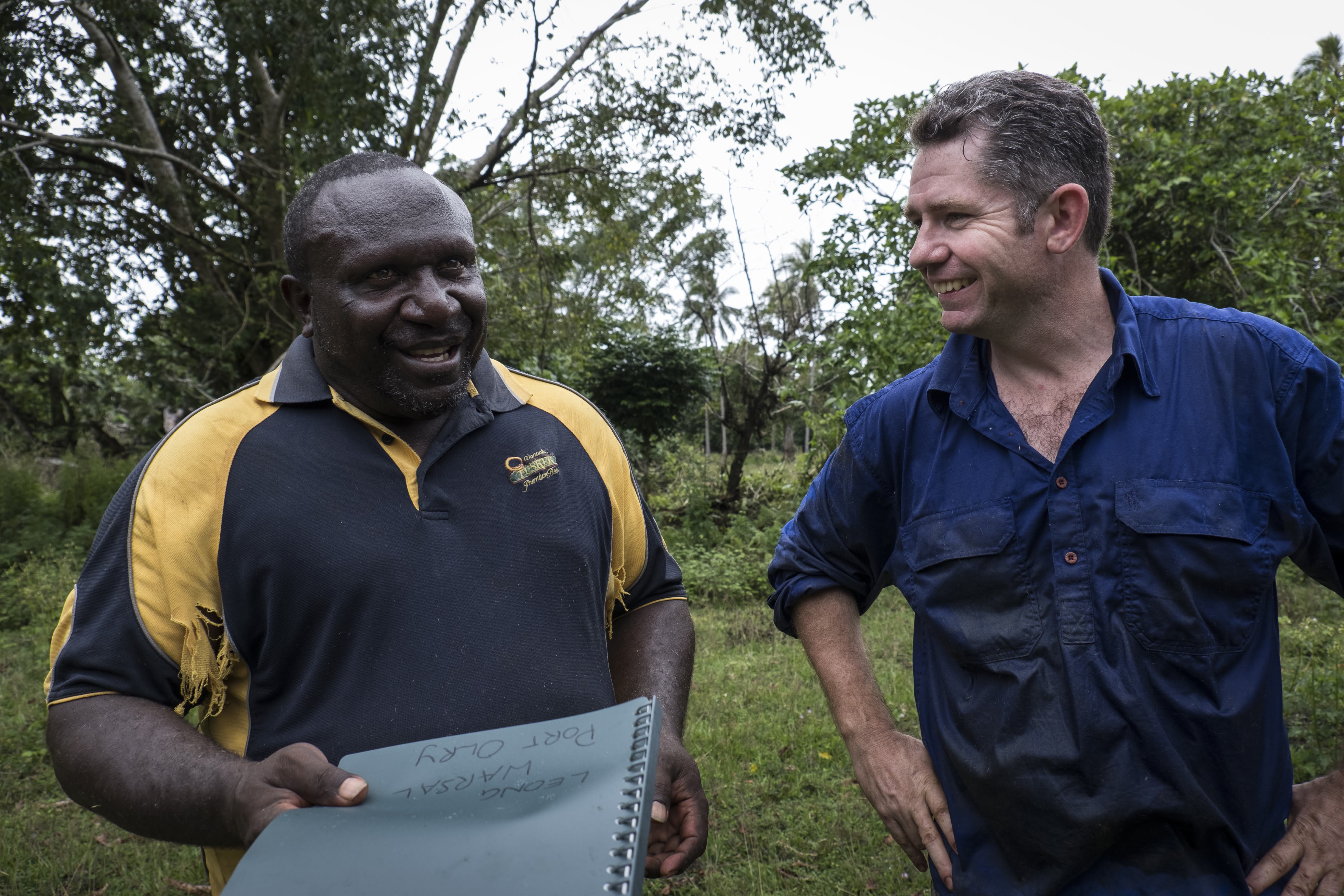
Deploying and monitoring
Project enumerators were trained for one day, and then supervised during their initial data collection with the app. Data issues were fixed by project staff in the evenings during this initial deployment phase. This early supervision found Initial interviews with the app were taking longer than expected, so sections of the application were removed by the project staff to shorten interview times.
The project staff monitored data being collected remotely by downloading data from CommCare HQ into excel. This monitoring allowed the research team to provide feedback on data quality to the fieldworkers over the phone. Assistance was given in creating an auto-updating feed of the raw data in Excel for the livelihoods component. Very little remote support from Oikoi was required, and when it was it consisted mostly of emails between project staff and AgImpact support.
Benefits & Challenges
Benefits
"We generate a summary form of live weight of every animal we measure on the day, and we can print that outline the field and give that to the farmer" - Dr Simon Quigley
The clearest benefit to the project in adopting MAD was its ability to provide smallholders with on-the-spot feedback based on the research. Both researchers and field staff commented that this activity improved the relationships with smallholder participants, and perceptions of the project in the community.
Field staff were particularly enthusiastic on this point. All fieldworkers felt their relationship with farmers had changed for the better through the use of MAD. Eighty-percent said that their relationships with their supervisors had changed for the better. They found the app easy to use, and their jobs were reportedly easier and faster by the introduction of the new technology.
Project staff found the planning and training phases of MAD implementation straightforward. Deployment of the app also did not present any major challenges (aside from data exporting). Building the MAD application together also changed the way the researchers communicated with each other and fostered collaboration. This included each side providing comment on each other’s survey sections, especially at the planning stage. In that sense, the MAD implementation helped increase interdisciplinary collaboration within the project.
Challenges
Design Issues
Project staff often found MAD application building and testing ‘Difficult’. The few staff that did data management and monitoring varied in their experience, recording it as either ‘Normal’, ‘Difficult’ or ‘Very Difficult’. Some of the design choices made during app development were not practical under field conditions. The use of a single app form with looping sections for cattle registration was discarded by the second training in favour of ‘a 1 form per animal’ approach. This change reduced the potential for data loss and managed situations where there were animals owned by different farmers recorded at the same time. Another notable design change was to use manually entered cattle ear tag IDs instead of app-generated tag IDs based on the farmer's initials. In the livelihoods component, the need for a gender disaggregated perspective on some issues meant forms that were initially used at the household level needed to be linked to individual household members.
These alterations meant quite a lot of work was needed to amend the forms and application structure. It also required linking the data collected under previous versions of the app to newer data after changes were made.
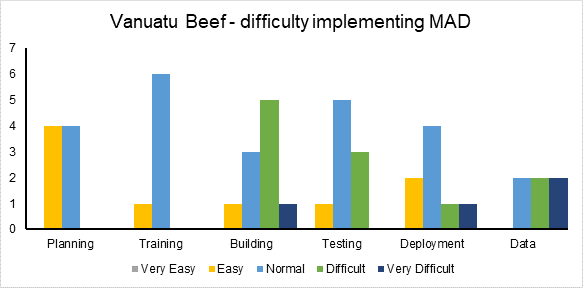
In-country Staff Focus
Project lead Dr Quigley felt that the focus on the mobile devices and the app during training meant that less emphasis was placed on the biological aspects of the study. He suggested that other research related skills, like data entry and presentation in Excel, were given up in favour of MAD implementation. Dr Quigley was also concerned that centralised data storage and management through CommCare was limiting field staff understanding of the farmers and animals. However, he also felt this could have been minimised by prioritising the creation of a data dashboard to share with team.
Device Management in the Field
It was discovered during fieldwork that the tablet screens could become unresponsive when wet, and there was no shelter where cattle were being weighed. To resolve this the enumerators were supplied with rain covers for the devices.
Financial & Time Costs
Time
Vanuatu Beef project staff had no prior experience with MAD, but showed a very high aptitude for learning application building. However, MAD implementation in this project was still time-intensive. The two lead researchers on the project (Dr Simon Quigley and Dr Cherise Addinnsal) who were responsible for managing the technology adoption spent 75 days in total. While MAD apps saved time spent on traditional data entry to Excel spreadsheets, this usually takes two-months (less than 75 days). That meant that there was a net loss in research staff time from adopting MAD.
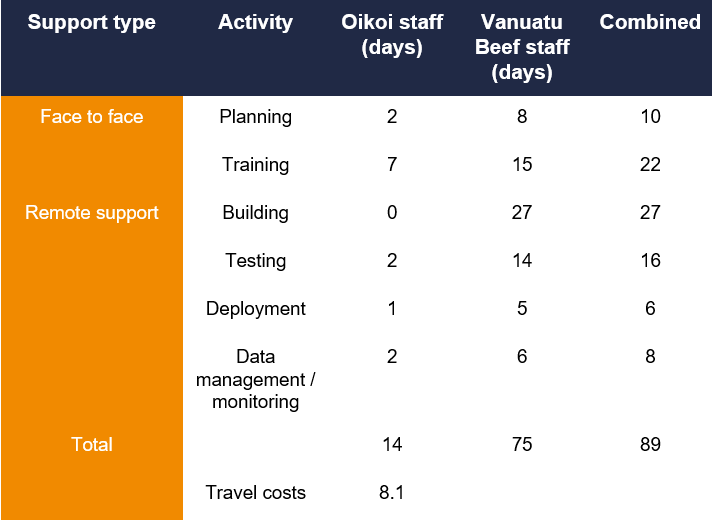
Financial Costs
A total of AUD $5,495 was reported as the cost of implementing MAD for the Vanuatu Beef project. As well as mobile devices - the team used Samsung and ASUS tablets - this included the cost of rain covers to ensure device functionality in wet weather. The cost associated with Oikoi support was covered by ACIAR and therefore was not included in the project costs here.


